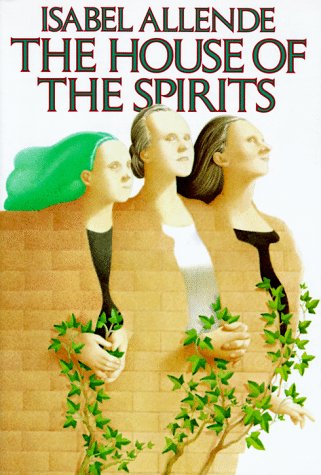This month, Spectacle, the collectively-run screening space in Brooklyn, NY that was founded in 2010, is hosting a screening of the Films of Tracey Moffatt, in collaboration with Women Make Movies. Here is what they write about the artist and their film-work on their website:
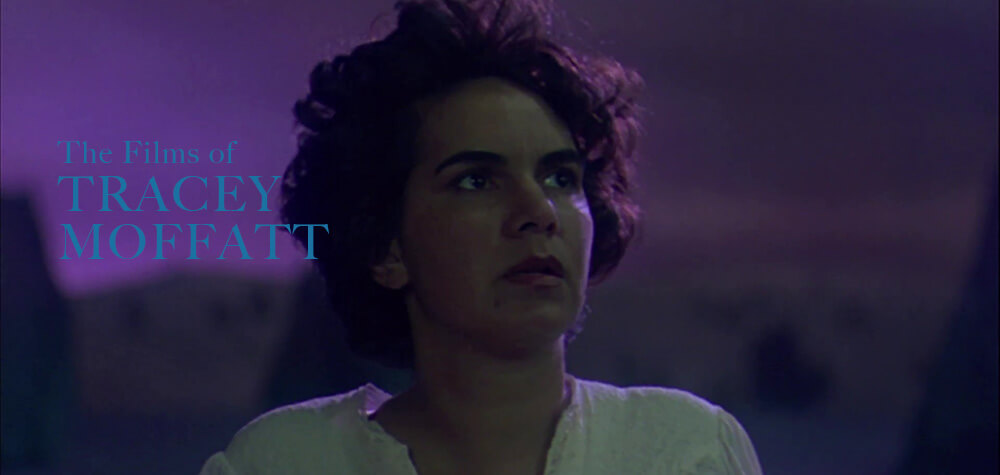
Tracey Moffatt may be best known in the art world as a photographer. But even her photographs have the precise staging, lighting, and narrative nuance of film stills, ambiguously illuminating troubled episodes of history and identity. When actually working in film, the effect is amplified further. Action unfolds in the isolated, artificial space of the photographic frame, where every element is perfected and fixed in place. Even when conveyed through the finely orchestrated swoop and pan of a sequence shot. Yet from these constructed scenes spring indelibly human subjects.
Daughter of an Aboriginal mother and white father, Moffatt grew up “between black relations and white relations” just as Aboriginal Australia was becoming politicized in the fight to reclaim its land rights. But disinterested in either the idealized or patronizing portrayals found in typical ethnographic cinema made about her community (and inevitably by outsiders), she sought more experimental approaches that could cut to the heart of the tales she told.
I have pasted the film descriptions and screening details as they appear on the Spectacle website at the end of this post, and I hope that you will take this unique opportunity to watch these incredible films by such a trail-blazing artist. But for the post itself, I want to share with you a spread from the book Tracey Moffatt: My Horizon, published on the occasion of the artist’s representative at the Australian Pavilion (the first time for an Aboriginal artist) at the 57th Venice Biennale in 2017.
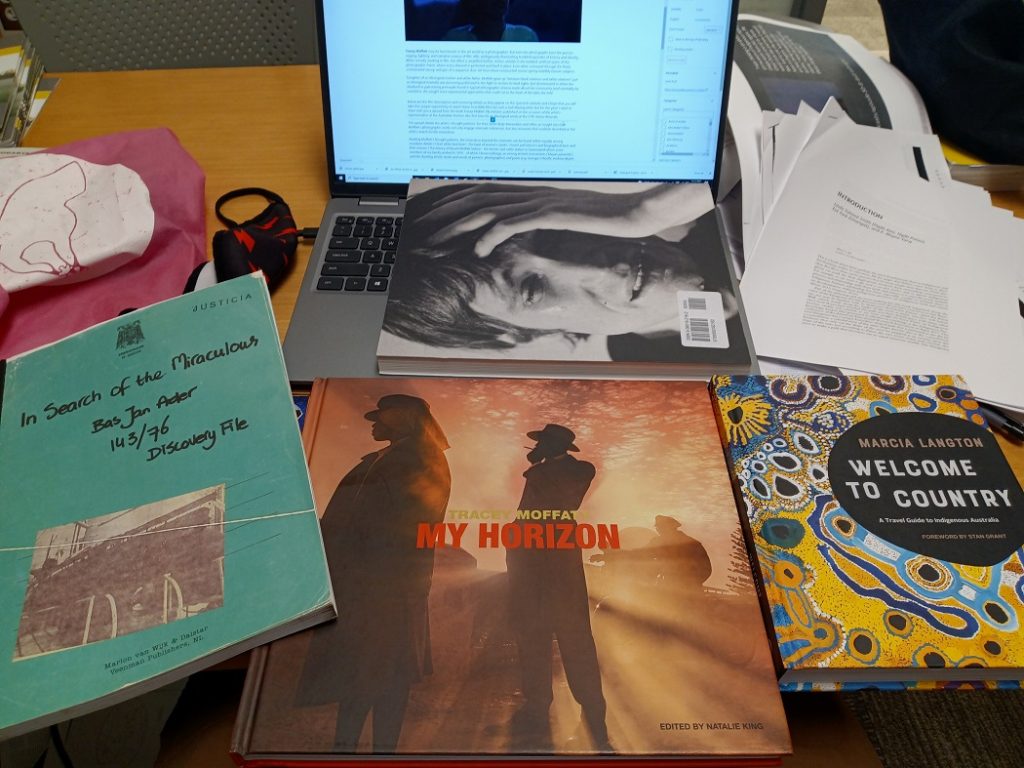
The spread (which is depicted below in a terrible photograph, including the intrusive shadow of our friend, the librarian!) details the artist’s ‘thought patterns’ for their work, including the series Body Remembers. Below is one of the photographs from the series called Spanish Window which, since the Biennale, was included in the exhibition Àbadakone in 2019).
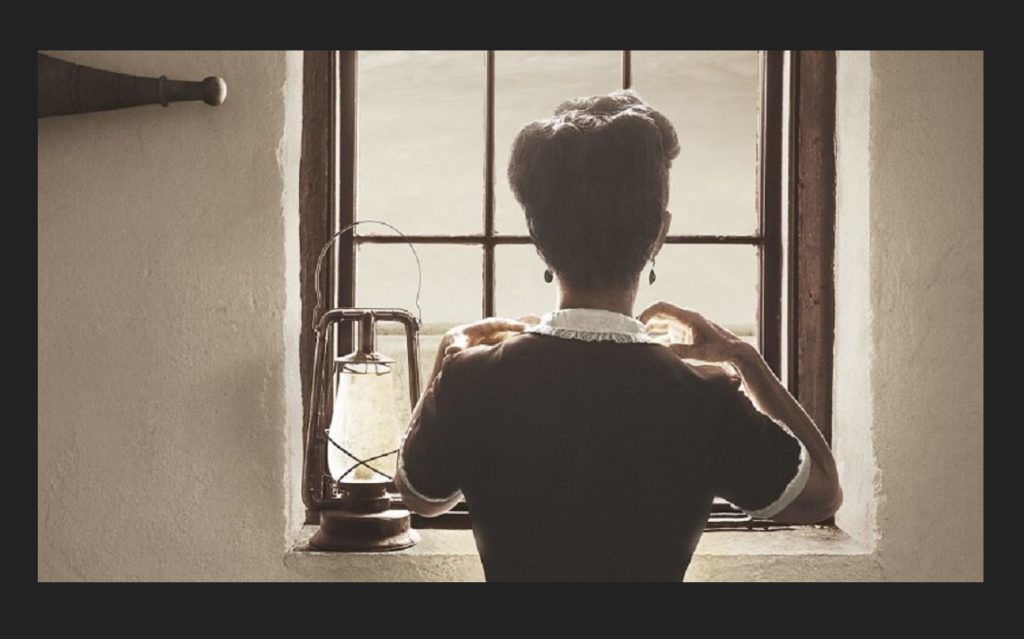
The spread from the book offers an insight into how Moffatt’s photographic work Bodily Memories not only engage cinematic references, but also moments that could be described as the artist’s search for the miraculous in two seemingly opposed realms.
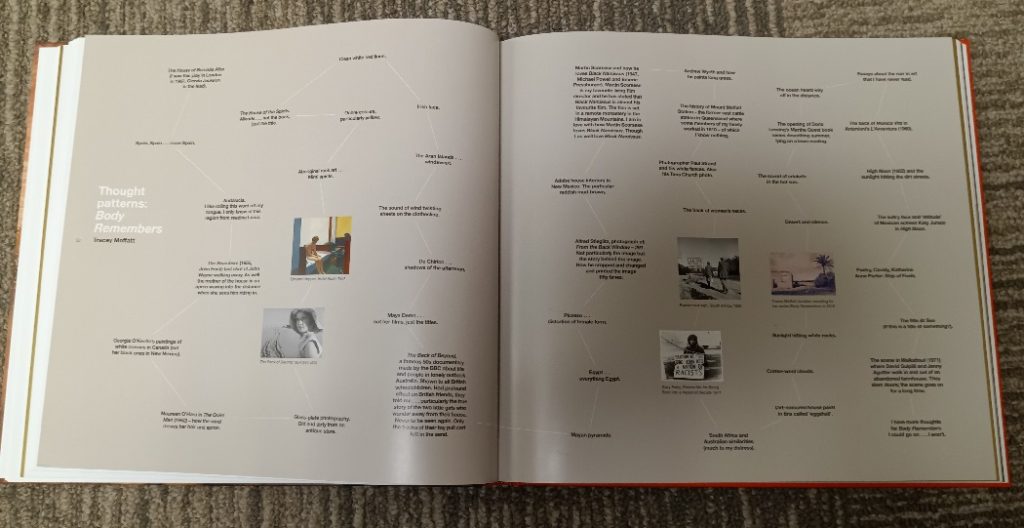
Reading Moffatt’s thought patterns, the miraculous beyond the cinematic can be found within equally in the realm of mundane details (‘Clean white bed linen’; ‘The back of women’s necks’; ‘Desert and silence’) and biographical facts and their colonial erasure (‘The history of Mount Moffatt Station – the former vast cattle station in Queensland where some members of my family worked in 1910 – of which I know nothing’), as well as among ancient monuments (‘Mayan pyramids’) and the dazzling artistic works and words of painters, photographers and poets (e.g. Georgia O’Keeffe, Andrew Wyeth, Edward Hopper, Paul Strand, C. P. Cavafy).
And where do these realms meet? Perhaps it is here in The House of the Spirits, the title of a book (‘not the book, just the title’), which in turn points us to another film, one that quite literally enacts the artist’s search of the miraculous by explicitly drawing together Moffatt’s hauntology in the form of resistance to the ongoing settler colonial melodrama: The White Ghosts Sailed In.
Here it is to watch in full (thanks to a pirate recording by a lucky Venice visitor).
It it here in the realm of my fellow ghosts and spirits that you can also watch Moffatt’s films, beDEVIL (1993) and AN EFFECT OF THE REAL: THE SHORT FILMS (1987-1999) thanks to the Spectacle and Women Make Movies screening.
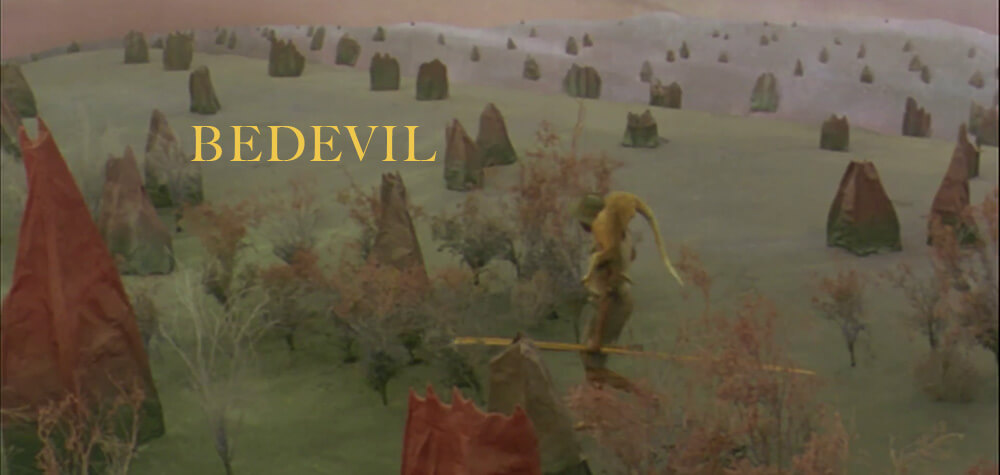
beDEVIL
dir. Tracey Moffatt, 1993
90 mins. Australia.
In English.
FRIDAY, SEPTEMBER 10 – 10PM EST in-theater and at stream.spectacletheater.com
SATURDAY, SEPTEMBER 18 – 10PM EST in-theater and at stream.spectacletheater.com
SUNDAY, SEPTEMBER 19 – 5PM EST in-theater and at stream.spectacletheater.com
THURSDAY, SEPTEMBER 23 – 7:30PM EST in-theater and at stream.spectacletheater.com
Like a playful, lavishly-composed Australian folk horror triptych, beDEVIL tells three ghost stories unfolding along cultural fault lines in far-flung corners of the outback and offshore islands. In Moffatt’s Australia, though, it is modernity and not antiquity that threatens: her specters are trains, UFOs, and American soldiers. Through lavish stylization and kinetic editing (and embracing all artifice, even bits of digital manipulation), interviews are transformed into performance and memory into heightened drama, as the film blurs the lines not only between Aboriginal and immigrant (or colonial) worlds but also between modes of film and narrative. The resulting tableaux, fanciful and deeply saturated, will haunt not only for their brushes with the uncanny but their many-layered approach to the deeper questions of post-colonial life. At the time of its Cannes debut, beDEVIL was the first feature directed by an Aboriginal woman.
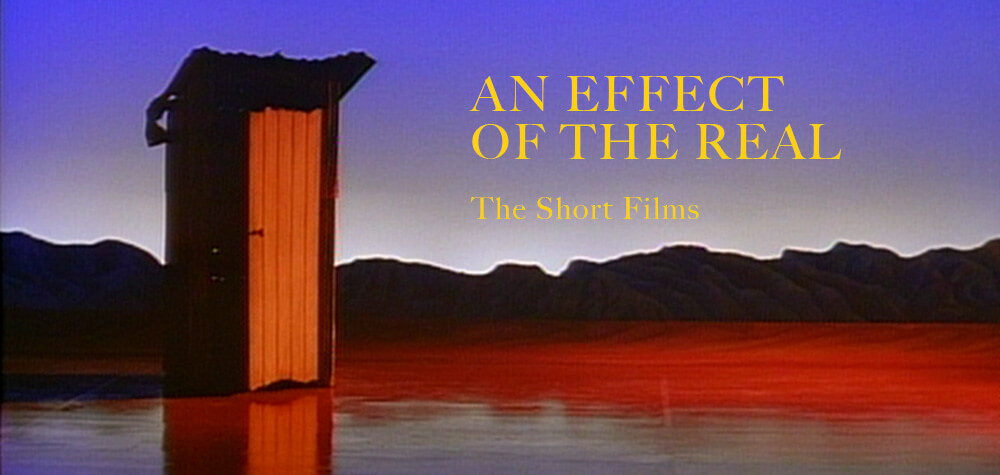
AN EFFECT OF THE REAL: THE SHORT FILMS
dir. Tracey Moffat, 1987-1999
74 mins. Australia.
In English.
SUNDAY, SEPTEMBER 12 – 5PM EST in-theater and at stream.spectacletheater.com
THURSDAY, SEPTEMBER 16 – 10PM EST in-theater and at stream.spectacletheater.com
FRIDAY. SEPTEMBER 17 – 10PM EST in-theater and at stream.spectacletheater.com
THURSDAY, SEPTEMBER 23 – 10PM EST in-theater and at stream.spectacletheater.com
NICE COLORED GIRLS
dir. Tracey Moffatt, 1987
16 mins. Australia.
Colonialist ethnographic narratives intertwine with a finely-crafted account of modern aboriginal women out on the town. To finance the night, they pick up a “captain” (old and white, of course) to exploit in turn, closing a historical cycle. The satisfaction of seeing these systems inverted is matched only by the pop verve of Moffatt’s filmmaking.
NIGHT CRIES: A RURAL TRAGEDY
dir. Tracey Moffatt, 1990
20 mins. Australia.
In an early expression of much of the stylization she’d later put to use in beDEVIL — matte paintings, stagey sets, otherworldly intercut memories — Moffatt explores a stifling interracial family relationship in the middle of nowhere. An aging black daughter cares for her ancient white mother alone in the arid outback, dreaming of freedom, but what else does she have? Meanwhile, popular Aboriginal crooner Jimmy Little haunts the margins of the story.
HEAVEN
dir. Tracey Moffatt, 1997
28 mins. Australia.
Flipping ingrained cinema codes, Moffatt exploits the unmediated POV possibilities of digital video in female gaze. No less intrusive than its male counterpart, Moffatt’s camera eye voyeuristically observes beefcake surfers changing clothes in beach parking lots or moves in for direct interrogation. But though her subjects speak to her, amused or irritated or perplexed, we never hear a word — the camera is too distracted, dropping regularly from chiseled pecs to bulging speedos.
ARTIST
dirs. Tracey Moffatt & Gary Hillberg, 1999
10 mins. Australia.
The plight of the artist as a viewed through cinema history: blocked inspiration, self-doubt, an uncomprehending public. Sometimes the only catharsis is to bring it all down. A transition point from Moffatt’s earlier films to later collage work.

